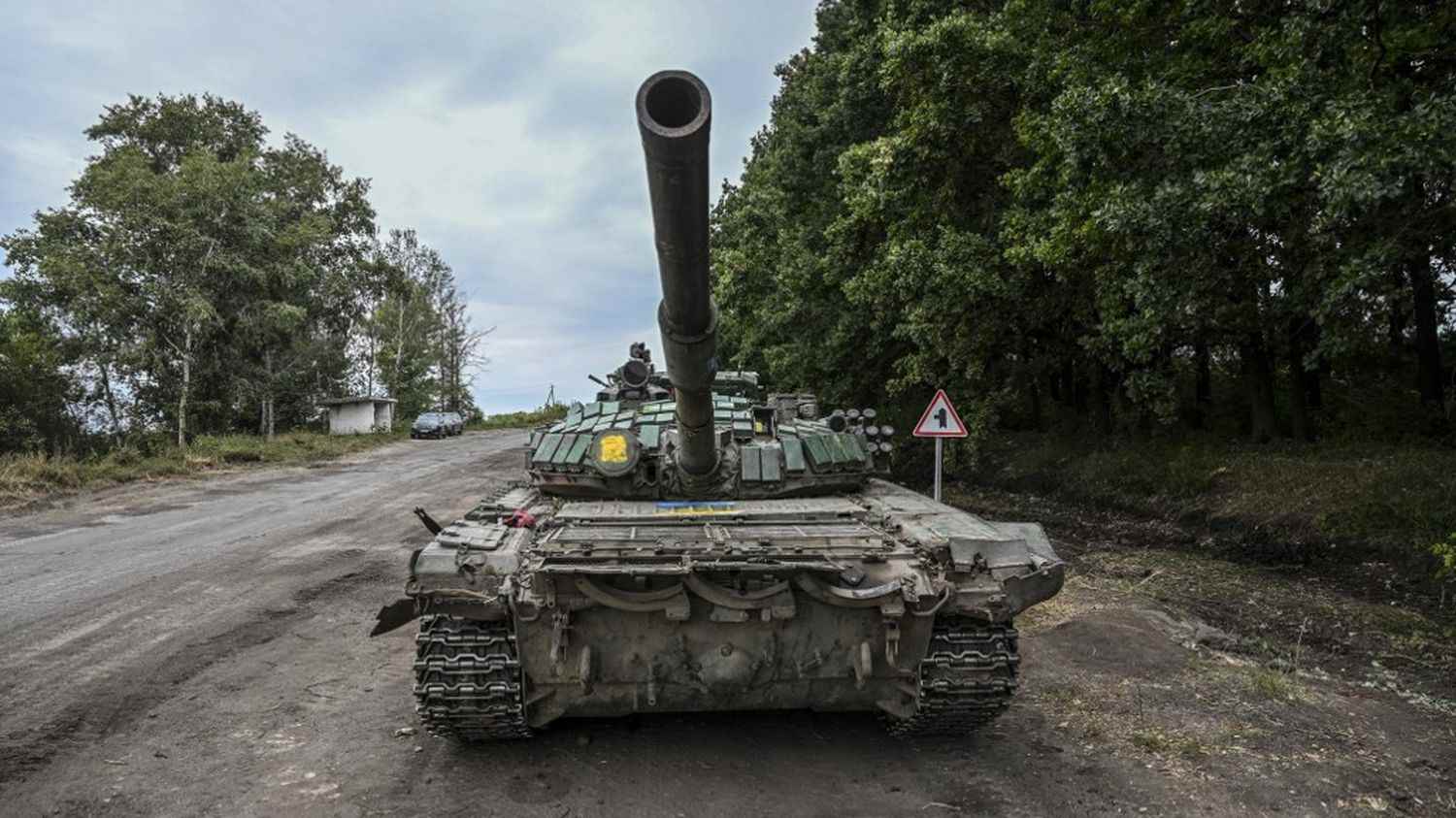“The question is to what extent the Ukrainian army will be able to continue to exploit its tactical successes on the ground“, wondered Monday, September 12 on franceinfo Edward Jolly, researcher in theory of armed conflict and philosophy of war at the Institute for Strategic Research of the Military School. The Ukrainian army led a counter-offensive in the east and south of the country. On the 200th day of the Russian offensive, Volodymyr Zelensky’s army announced that it had taken over 3,000 km2 of land. This “rapid counter-offensive surprised, at least apparently, the Russian army“, he believes. According to him, “the American rocket launchers with very long range had a decisive role in particular in the south of the country“.
>> War in Ukraine: find the latest information in our live.
franceinfo: Was this Ukrainian counter-offensive expected?
Edward Joly: There is a form of surprise since just a week ago, the counter-offensive took place mainly in the south of the country, north of Kherson, and was more akin to the war of attrition, that is that is to say, what we have been seeing for months, exchanges of artillery with a form of nibbling of the territory, gradually. What we are witnessing is a kind of lightning counter-offensive with a breakthrough of up to 70 km from the Russian lines since September 6. A rapid counter-offensive, which surprised, at least apparently, the Russian army, which found itself surrounded and forced to operate a very rapid retreat and in very poor conditions.
What is the secret of this success, American equipment?
So, probably, indeed, the High Mobility Artillery Locate System, the very long-range American rocket launchers had a decisive role, particularly in the south of the country when it comes to very precisely targeting bridges that would have allowed the Russian troops to evacuate more easily. Now, the speed of this attack and its reconquest can also be noted. A reconquest by the Ukrainian army of more territories than what the Russian army had conquered since April. We found a lot of material seized: about forty tanks, including about twenty which would require repairs, about twenty very recent Russian T-80 tanks were seized, infantry combat vehicles, transmission and reconnaissance equipment and also artillery units. So, we also have a recovery of equipment from the Ukrainian army.
The most difficult thing for the Ukrainians is to keep these reconquests in the long term?
Now, the question that may have to be asked is to what extent the Ukrainian army will be able to continue to exploit its tactical successes on the ground. It’s hard to answer that. Everything depends on the ability of the Russian army to reconfigure or reform a defensive front east of the Oskil River where apparently, according to the latest information, the Ukrainian army has already begun to advance.
If the Ukrainian army continues to progress, the nuclear risk could become greater and greater?
Whatever happens, these threats will not cease to hover. Despite the successes on the ground with what would basically suggest the resumption of mobile warfare in 1918, we are in a very classic pattern on the ground in terms of the combat of the two armies, one facing the other. But there is always both the tactical nuclear risk that we have been talking about since the beginning of the offensive at the end of February, but also the civilian nuclear risk with the threat hanging over the nuclear power stations and with the Zaporijjia power station in particular, whose the last reactor was recently shut down and the risk of a possible nuclear accident continues to hover without anyone knowing exactly how an accident could occur. These are the risks of our contemporary wars.
